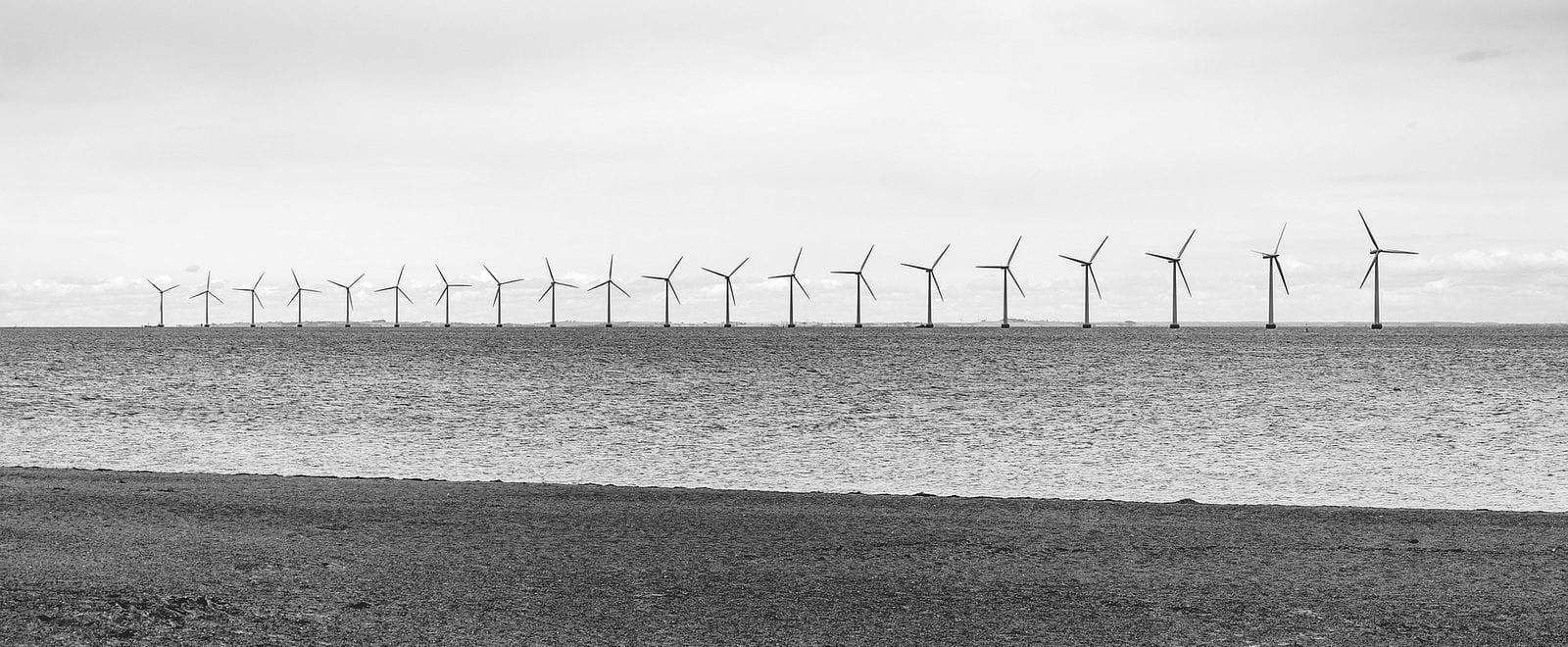Today, Senate Republicans are planning to hold their first procedural votes on the Green New Deal resolution introduced by Senator Ed Markey (the House version was introduced by Rep. Alexandria Ocasio-Cortez). Of course, this vote is not the Republicans starting to take climate change seriously. Instead, they’re putting the resolution on the floor to try to undermine the Green New Deal’s growing popularity and attack policymakers who are listening to scientists and treating climate change as the major crisis it is. With all the attention the Green New Deal has been getting, it’s worth taking a minute to sift through all the noise and look at exactly what it is and isn’t.
Markey and Ocasio-Cortez’s resolution is formally titled “Recognizing the duty of the Federal Government to create a Green New Deal.” This is important, because the resolution doesn’t contain the entirety of what would be a Green New Deal. The resolution sets out ambitious goals that a Green New Deal would try to achieve, broadly outlines focus areas to reach those goals, and sets guidelines for how it wants to accomplish them.
Of the Green New Deal’s topline objectives, the one that has captured the most headlines – reaching net-zero emissions by 2030 – is actually only one of five goals in the text. The Green New Deal also calls for:
- Reinvesting in infrastructure to meet current economic and social needs (including resiliency to climate change);
- Creating jobs that pay a family-sustaining wage;
- Fulfilling basic human rights such as the right to food; and
- Ending historic environmental injustices faced by marginalized communities.
This diversity of goals is one of the features that makes the Green New Deal so essential. While at heart it is a climate bill, its authors recognize that addressing the climate crisis is impossible without tackling a broad range of social, economic and environmental injustices. These struggles are interconnected, and so are the solutions. Piecemeal approaches fall short and will alienate key bases of support, so putting justice at the center of climate action is essential to addressing the climate crisis.
In addition to these topline objectives, the resolution sets out a series of project areas where action will be needed to meet these ambitious goals. These include clean manufacturing and agriculture, infrastructure investment, 100% clean, renewable energy, and supporting zero emission transportation. This is essentially a call for proposals on each of these focus areas. The resolution recognizes the need for action in all of these areas to address climate change and meet the goals set out in the resolution, but it doesn’t include a huge number of details on how to accomplish this.
Finally, the Green New Deal resolution also includes commitments or guidelines on how to accomplish these goals, including calling for the content of the Green New Deal to be developed through a transparent, inclusive national process, as well as protecting the land rights of indigenous communities and creating high-quality union jobs. Climate action at the necessary scale is inherently a societal transformation. Not only must we avoid leaving anyone behind, but we also have an opportunity to use the transformation to build a more just future.
So if that’s what the Green New Deal is, what is it not?
It’s not Big Brother legislation to ban hamburgers, ice cream or airplanes; it simply talks about the need to reduce emissions from agriculture and pursue zero-emissions travel. It isn’t a comprehensive plan; it calls for the creation of a planning process to meet the objectives the resolution sets out. Truth be told, its brief 14 pages are meant to be the start of a conversation, not the end of one. Many Green New Deal critics are simply fearmongering in a desperate attempt to cut short much-needed conversations about climate action.
The resolution is also not perfect. ActionAid strongly supports it as a necessary first step, but there are many areas that need more work. In particular, the Green New Deal is largely silent on international climate issues. Poorer countries that have done little to create this crisis are already being hit with severe impacts, even as they are trying to develop without relying on dirty fossil fuels. Climate finance – providing these countries with the resources to take large-scale climate action – is a necessary part of U.S. climate action and must be part of any comprehensive solution.
On this and other issues, such as the question of how explicitly to address the need to keep fossil fuels in the ground, the Green New Deal is incomplete. But this is partially by design. As long as the national process to fill out the substantive framework of the Green New Deal is truly inclusive and centered on the needs of frontline communities and those most vulnerable, it can fulfill its promise. The ambition to run such a nationally consultative process is actually one of the most exciting aspects of the Green New Deal.
In contrast, today’s attempt by Republican leadership to undermine the Green New Deal is especially cynical, because Republicans, even in the rare cases when they acknowledge the reality of climate change, simply don’t have any plan to address it. The climate crisis is already here and already hurting us. The Green New Deal resolution is a key starting point for a conversation about how we as a country are going to respond to this crisis. We cannot let the vote in the Senate be the end of the conversation the Green New Deal resolution has started, nor can we let its opponents – on both sides of the aisle – intimidate us from being as ambitious as science and equity demonstrate are necessary.



